QuestionHello, I have a Chinese crested powder puff (male, 14 lbs) w/ leash aggression. Like most posts I read about dogs w/ this prob, he is sweet and loving 90% of the time. I've been working with the standard "get him to sit, focus his attention, give him a treat once the dog has passed w/out incident" and in general, it works. For example, if I take him around a 3 mile lake, usually by 1/4-1/2 way around he gets it and I feel so proud of him but everyday I start over. If I don't go to the lake and just walk around my neighborhood there is a good chance we won't see any dogs so I can't work with him everyday if I don't see dogs every day. Also, since I started this training, he has started going after people. Mostly people that are running toward us. My frustration is at an all time high. If I leave my house w/out an arsenal of treats there will most likely be an incident either w/ a dog or a person (he is much less aggressive w/ people and it may be only 1/10 people he will lunge at vs 10/10 dogs). Anyway, I don't want to give up on him but my question is, how long till I can expect to see consistent results? In general... I realize that every dog is different... He's only 3 so I anticipate having many more years w/ him. Am I going to have to have a pocket full of treats to go out in public for the next 8 years?
AnswerUnfortunately, when you reward your dog with treats you have to know WHAT he is THINKING. You must closely observe his body signals to know whether or not he is still thinking about the "prey" object (dog or person running past). You might be inadvertently rewarding the wrong thing.
While teaching an alternative behavior to "chase" is effective, that instruction has to be very carefully separated from the problem behavior and problem situation, or you run the high risk of associating the obedience behavior WITH the dreaded behavior you wish to extinguish. This might be what has already occurred in your case. So you have to embark on a new technique, and that will be the "come along" signal. Rather than using endless supplies of treats, go to Karen Pryor's website and learn about how to use a clicker. The clicker becomes the primary reward and will eventually almost eliminate the need for food reward (although food reward must never be totally removed.) Once your dog has learned what the clicker is and means, you can then begin to use it outdoors. While walking in an area where there are NO other dogs and NO running people, change direction abruptly. Keep an eye on the dog and when he turns to walk with you, say "come along" and click/treat. Repeat this several times (not too close together) in every walk for several days; then offer the "come along" signal BEFORE changing direction. If your dog responds by immediately changing direction, click and jackpot (hand full of treat) and repeat again in 2 to 3 minutes. When you see a 100% compliance to your "come along" command, you are ready to use it with other dogs (ONE at a TIME) and ONE running person at a time (enlist a friend).
Buy a long training leash (strong cotton web, ten to 12 feet long). Let your friend run toward you (or wait for a runner.) Dog will begin to react; go in the opposite direction from the dog (and the runner) to the end of the lead. Your dog SHOULD respond to this within five to ten seconds by LOOKING FOR YOU. IF he does this, go quickly away from the runner with your "come along" command. IF he responds by following you, click and jackpot. IF he does NOT, turn your back on him and walk quickly in the opposite direction to the runner, making him follow you. I strongly suspect he WILL look for you, since most owners inadvertently contribute heavily to on-leash problems such as this. Repeat this with every problem on-leash interaction, making sure NOT to touch your dog and NOT to reward the WRONG thought he might be having. As for interaction with other dogs, this is far more complex and it involves the body language of both your dog and the approaching dog. It's best to avoid all dog to dog interaction for quite some time, using your "come along" command and clicker until your dog has developed a second-nature response by changing direction. This can take quite some time. If your dog demonstrates no dog to dog aggression problems when playing with other dogs in parks, you have a simple rank/attitude statement which should extinguish once your dog has the clear signal from YOU that YOU are in charge at all times.

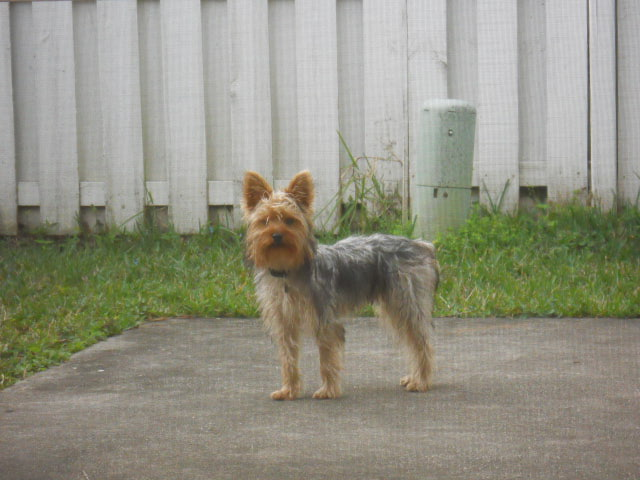 agressive silky terrier
Question
Lucas 1 year old
Hi Jennifer:
I have a
agressive silky terrier
Question
Lucas 1 year old
Hi Jennifer:
I have a
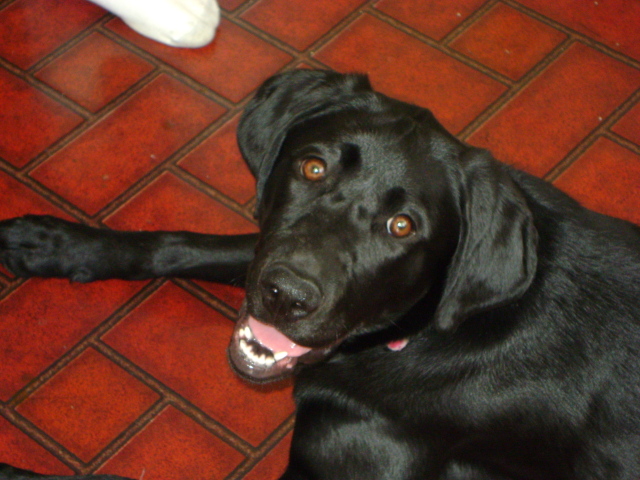 Black lab - 1 yr
QuestionSheba
QUESTION: My lab loves to bite her
Black lab - 1 yr
QuestionSheba
QUESTION: My lab loves to bite her
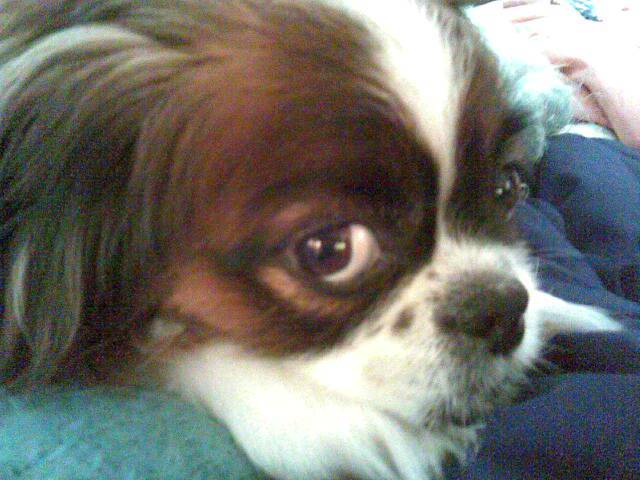 Post bladder surgery potty training for INDOORS!
QuestionTiki
QUESTION: Dear Dr. Connor,
My 10 ye
Post bladder surgery potty training for INDOORS!
QuestionTiki
QUESTION: Dear Dr. Connor,
My 10 ye
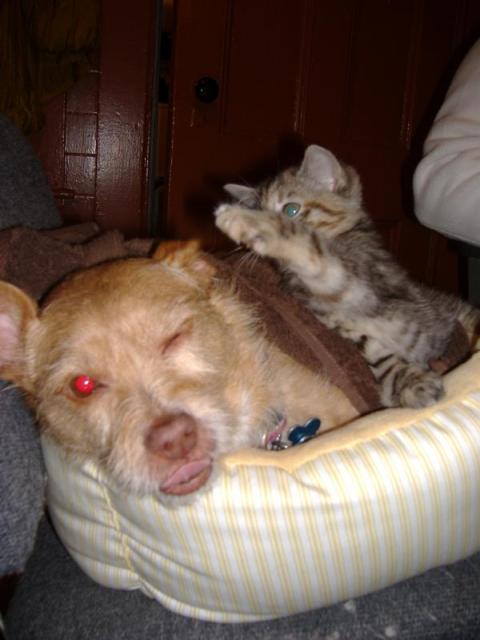 My dog is shaking and hiding under my bed recently
QuestionRorrie and Pencil
QUESTION: My dog, Rorr
My dog is shaking and hiding under my bed recently
QuestionRorrie and Pencil
QUESTION: My dog, Rorr
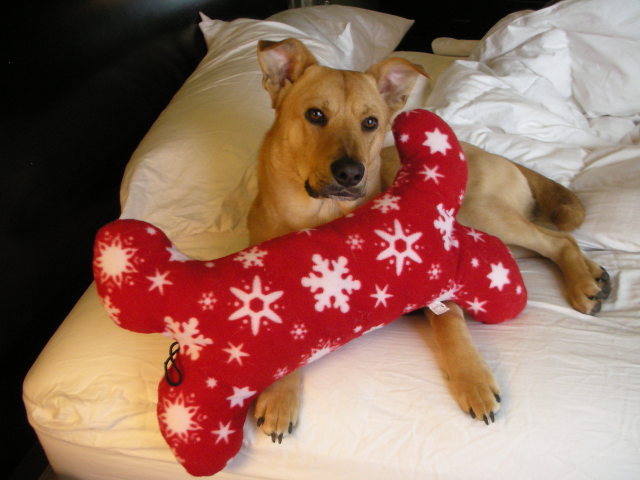 Very Scared Dog
Question
Happy
My dog is 17 months old and is a mixed b
Very Scared Dog
Question
Happy
My dog is 17 months old and is a mixed b